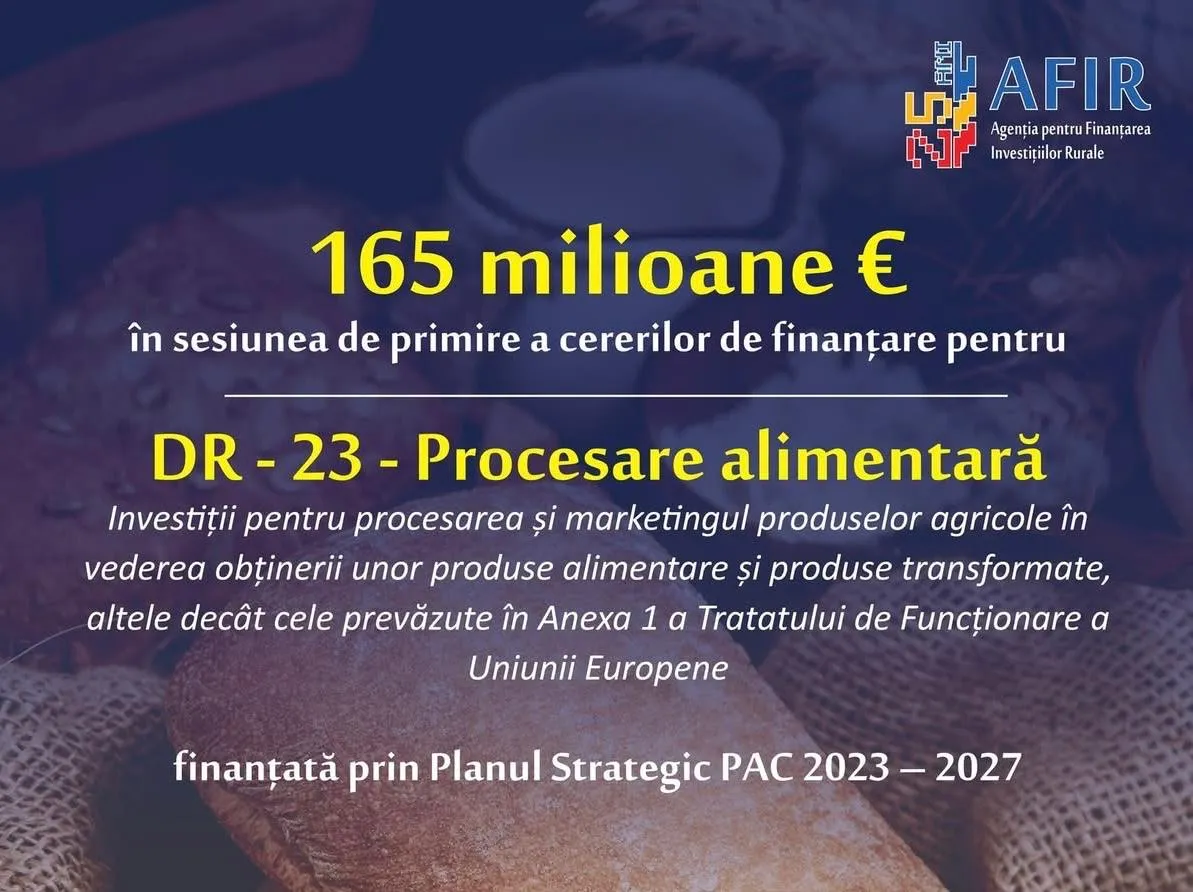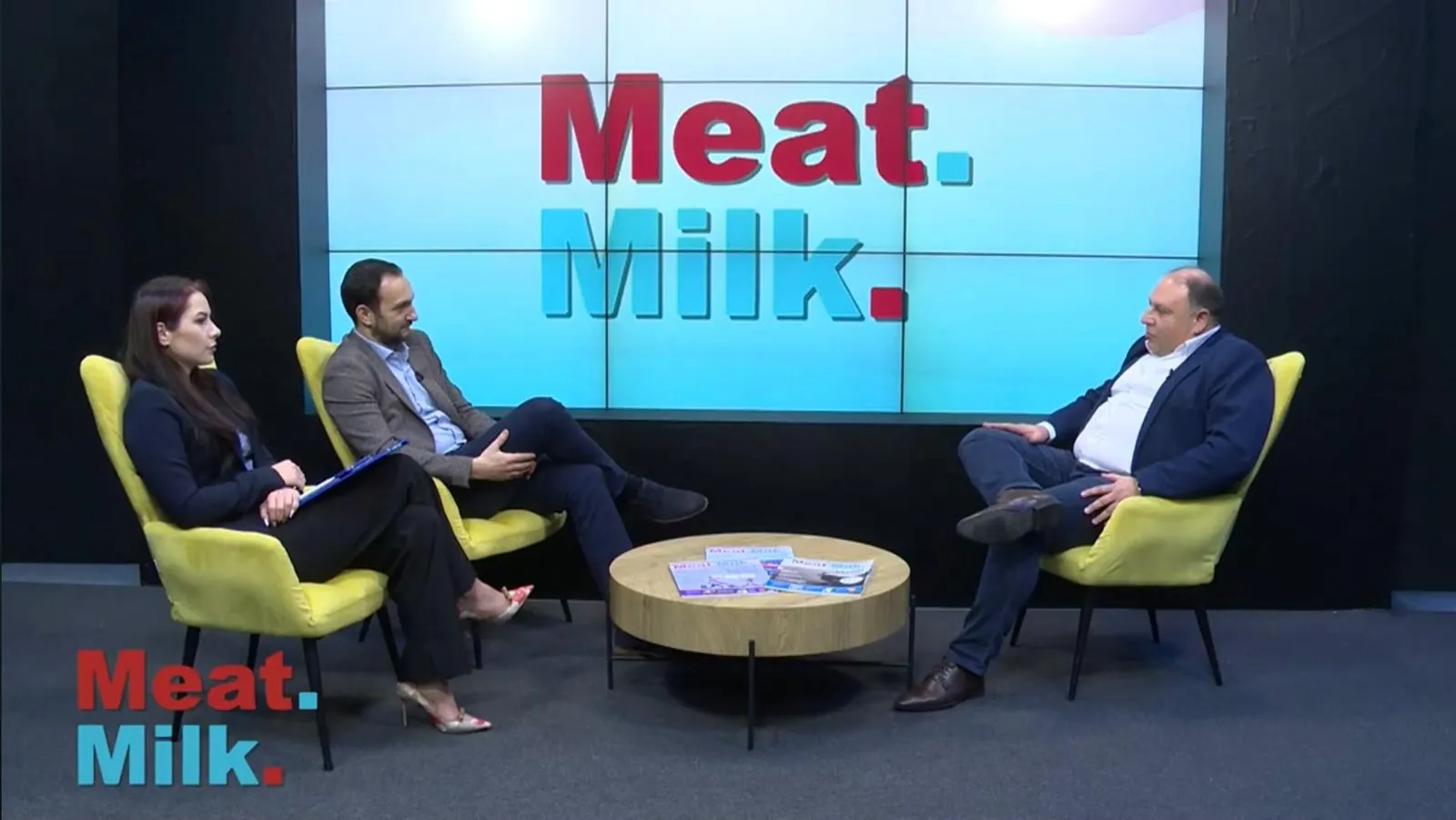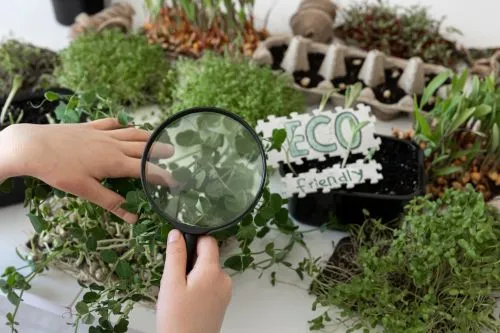1091

Global dairy product prices have rebounded in the latest Global Dairy Trade auction, but it remains to be seen if this is the beginning of a sustained recovery, according to an analysis published by DairyGlobal.
Initial Gains
Prices at the Global Dairy Trade (GDT) on April 18 showed a 3.2% increase, with an average price of $3,362 per tonne. The results mark the first gain after four consecutive declines.
International milk prices have risen while volumes have declined. A total of 22,713 tonnes of dairy products were sold, a decrease of approximately 4.7% compared to the previous sale.
Previously, dairy cooperative Fonterra lowered its forecasted price for farmgate milk for the 2022-2023 season. This reduces the midpoint of the forecast range by 20 NZ cents (12.3 US cents) from $8.50 ($5.69 USD) to $8.30 ($5.55 USD) per kilogram of milk solids.
Demand from China
"Demand from China for whole milk powder has not yet returned to expected levels," said Fonterra CEO Miles Hurrell. "Milk production in the Northern Hemisphere and therefore skim milk powder stocks are increasing as they head towards spring flush.
Given these factors weighing on demand, prices have not risen to the levels needed to support a higher forecast milk price at the farmgate for this season."
Following Fonterra's announcement, skim milk powder prices increased by 7% at the GDT auction, while whole milk powder prices rose by 1%. It is still too early to conclude whether this is the beginning of a sustained recovery.
Hurrell remains positive about the prospects for the next season. Fonterra will share its opening milk price for the 2023-2024 period in May.
With contracting local milk production, dairy product prices in Australia are strong compared to other exporting countries.
Milk production in Australia decreased by 5.3% year-on-year in February, according to Dairy Australia. Production for the season to date is now 6.5% behind the comparative period of the previous year.
Australian supermarket giant Coles announced that it will acquire two automated milk processing facilities from Saputo Dairy Australia for approximately $105 million ($70.3 million USD). Each facility has the capacity to process around 225 million litres per year. Currently, they are predominantly used to process Coles' own brand 2L and 3L milk.
Improving Milk Supply
The processing facilities are located in Laverton North (Victoria) and Erskine Park (New South Wales), near Coles' distribution centres. Coles CEO Steven Cain emphasizes that these facilities will improve milk supply and supply chain resilience in the dairy sector for the supermarket giant.
Coles will also have sufficient capacity to facilitate additional growth opportunities through innovation in new products.
In 2019, Coles introduced a direct supply model for milk sourcing. Approximately 90 dairy farmers supply milk directly to Coles. It is understood that Coles offered long-term contracts (3-5 years) with milk prices ranging from $12 ($8.03 USD) to $12.50 ($8.37 USD) per kilogram of milk solids.
According to a recent insightSLICE report, the global organic dairy products market size was estimated at $27.39 billion in 2022 and is expected to reach $74.34 billion by 2032 at a compound annual growth rate of 10.5%.
Trends
The report states that the factors driving the growth of the global organic dairy products market are consumer demand for healthier and sustainable food options, increasing awareness of the benefits of organic dairy products, expansion of organic dairy farming, and support from governments and certification organizations. The milk segment is the largest in the organic dairy products market.
Europe is the largest market for organic dairy products. Many European consumers are willing to pay a premium for foods that are produced in a sustainable and ecological manner. Many consumers are seeking alternatives to traditional dairy products.





